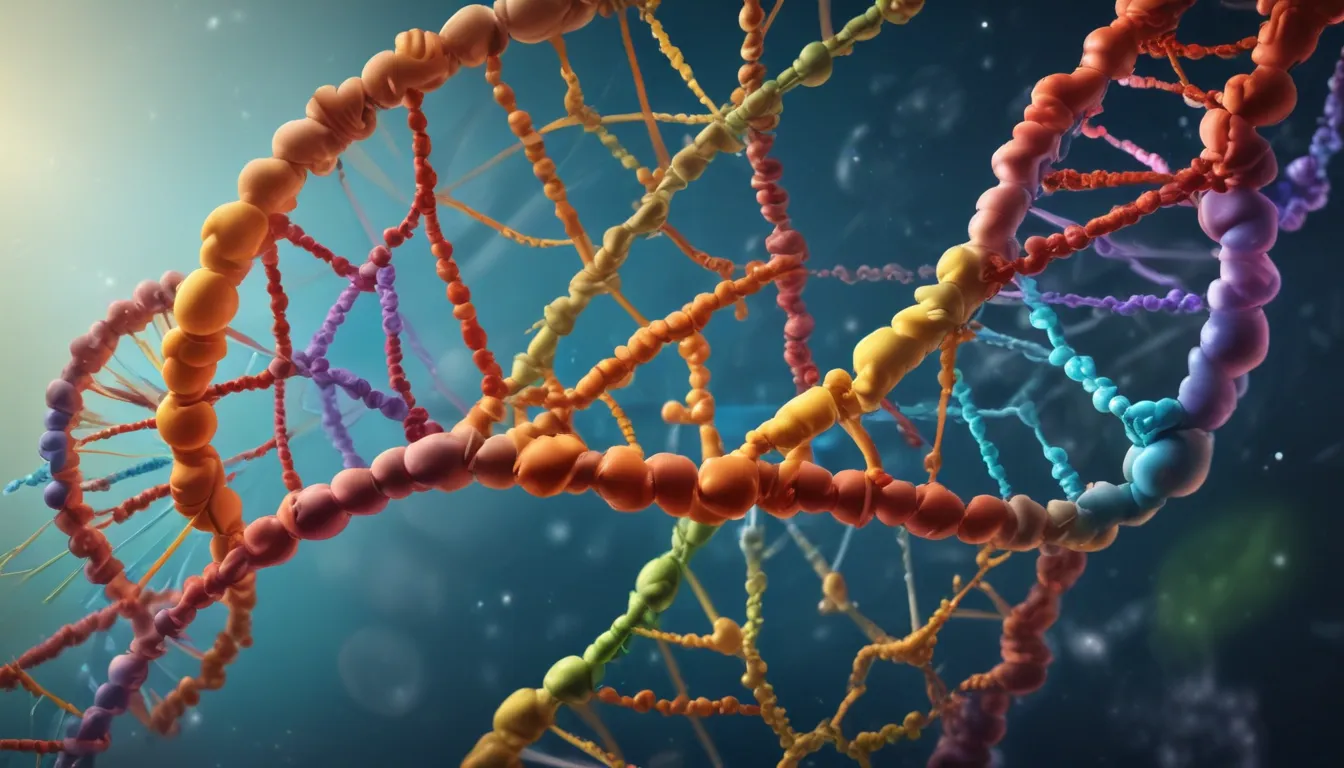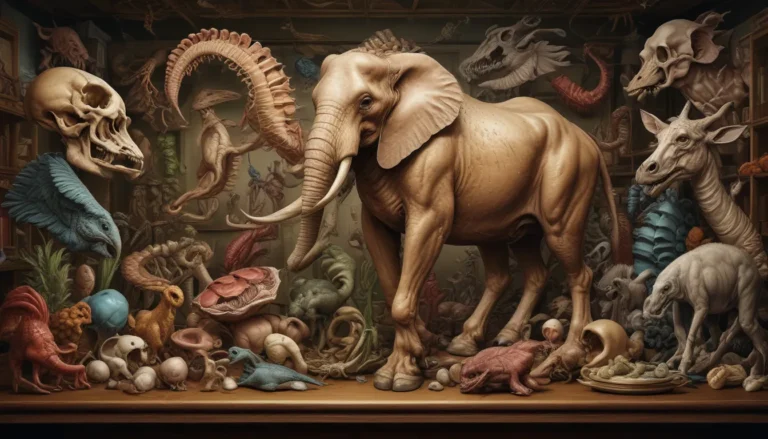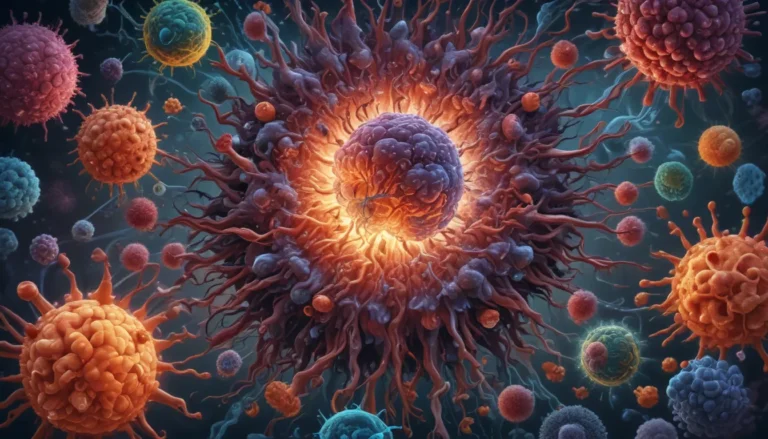A Note About Images: The images used in our articles are for illustration purposes only and may not exactly match the content. They are meant to engage readers, but the text should be relied upon for accurate information.
Welcome to the fascinating world of DNA nucleotides, the A, T, C, and G that form the genetic code of all living organisms. These tiny but powerful molecules hold the key to our unique characteristics and play a crucial role in shaping who we are. In this article, we will explore 15 captivating facts about DNA nucleotides, from their discovery to their function and significance in genetics. Join us as we embark on a journey to unlock the secrets of these four amazing letters in the genetic alphabet.
The Foundation of Life: DNA Nucleotides
- DNA nucleotides (A, T, C, G) are the fundamental building blocks of genetic information and create a unique code for each living organism.
- The order and arrangement of nucleotides in DNA determine the genetic code that governs traits, functions, and characteristics.
- Adenine (A) always pairs with thymine (T), and cytosine (C) always pairs with guanine (G) in DNA, ensuring stability and accuracy during replication.
- Adenine (A) and guanine (G) are purine nucleotides, while cytosine (C) and thymine (T) are pyrimidine nucleotides, contributing to the structure and stability of the DNA molecule.
The Fascinating World of DNA Nucleotides
- Adenine (A) and thymine (T) are connected by two hydrogen bonds, while cytosine (C) and guanine (G) are connected by three hydrogen bonds, influencing the strength of the DNA double helix.
- DNA can undergo mutations, resulting in changes to the nucleotide sequence and affecting an organism’s development and functioning.
- DNA is self-replicating, with each strand serving as a template for the synthesis of a new complementary strand during cell division.
- DNA is present in the nucleus of eukaryotic cells and in the cytoplasm of prokaryotic cells, defining the organization of genetic material in different cell types.
- The discovery of DNA’s double helix structure by James Watson and Francis Crick revolutionized genetics and paved the way for significant advancements in research and diagnostics.
Applications and Implications of DNA Nucleotides
- DNA is a valuable tool for forensic analysis, helping identify suspects and establish relationships through unique DNA patterns.
- DNA fingerprinting relies on the distinctive DNA sequences of individuals, making it a widely used technique in forensic science and paternity testing.
- DNA can be damaged by factors such as UV radiation and chemical agents, leading to mutations and potential cell death if not repaired.
- Understanding DNA nucleotides has revolutionized genetics research and medical diagnostics, opening up new possibilities for personalized medicine and gene therapy.
- DNA contains coding and non-coding regions, with coding regions providing instructions for protein synthesis and non-coding regions playing a role in gene regulation and cellular processes.
Exploring the Depths of DNA Nucleotides
With their complementary base pairing and double helical structure, DNA nucleotides lay the foundation for the complexity of life on Earth. Delving into the world of genetics and biotechnology reveals endless possibilities for applications in medicine, forensics, and agriculture. As we continue to unravel the mysteries of DNA nucleotides, we discover new insights into the inner workings of life and drive innovation across various fields.
FAQs
-
What are DNA nucleotides?
DNA nucleotides are the building blocks of deoxyribonucleic acid (DNA) and encode genetic information in living organisms. -
How many types of DNA nucleotides are there?
There are four types of DNA nucleotides: adenine (A), thymine (T), cytosine (C), and guanine (G). -
How do DNA nucleotides pair with each other?
Adenine pairs with thymine, and cytosine pairs with guanine through hydrogen bonds, ensuring complementary base pairing in DNA. -
Can DNA nucleotides be altered or modified?
Yes, DNA nucleotides can undergo mutations or modifications, impacting genetic information and cellular functions. -
What are the potential applications of understanding DNA nucleotides?
Understanding DNA nucleotides has broad applications in genetics, medicine, biotechnology, forensics, and agriculture. -
How has our understanding of DNA nucleotides revolutionized modern medicine?
Advances in DNA research have led to personalized medicine, genetic testing, and targeted therapies for genetic disorders.
Embark on a journey of discovery and innovation as we unravel the secrets of DNA nucleotides and their profound impact on the world of genetics and beyond. Join us in exploring the intricate world of DNA and uncovering the endless possibilities it holds for the future of science and technology.






